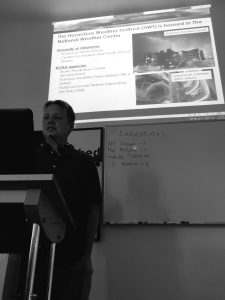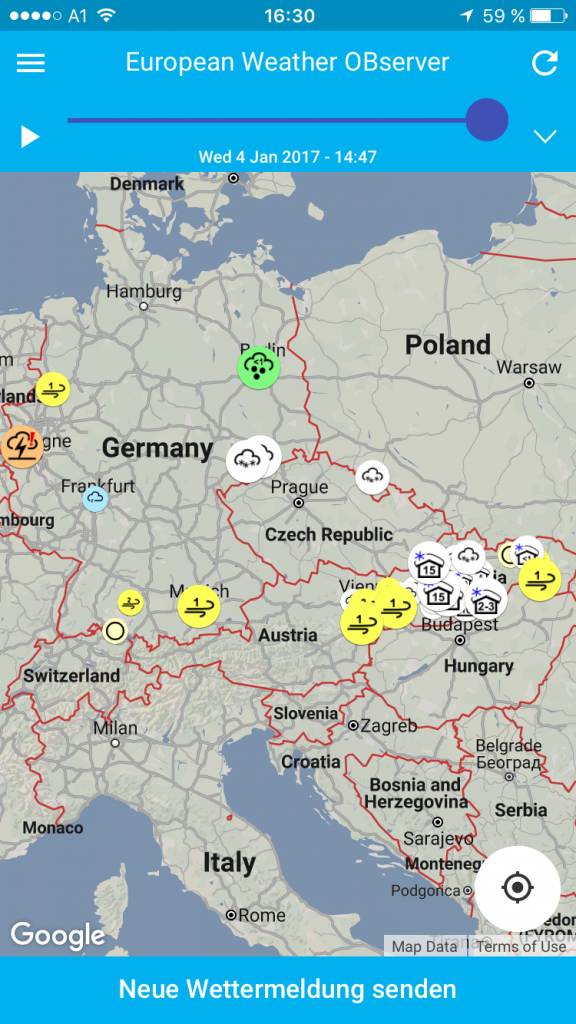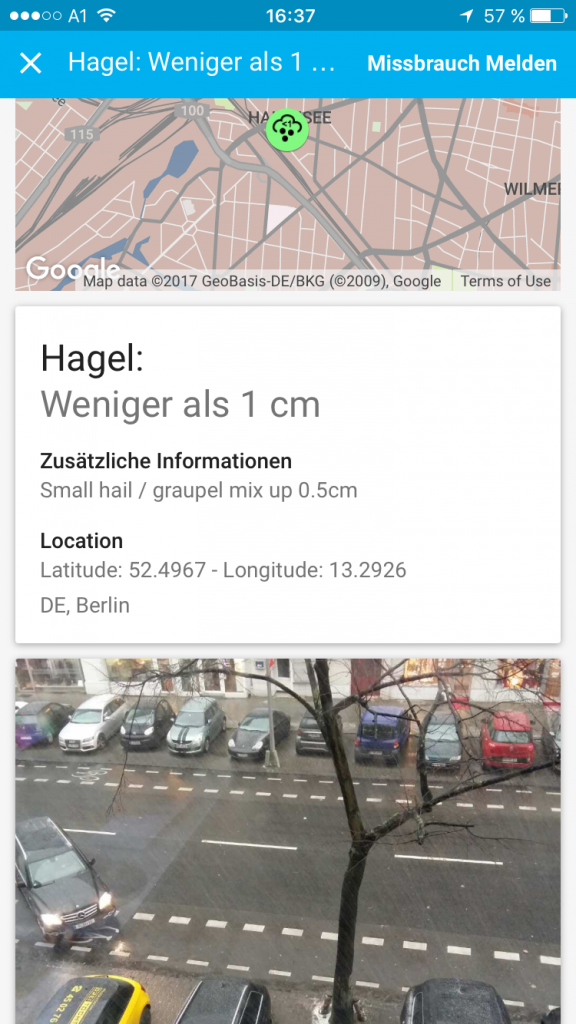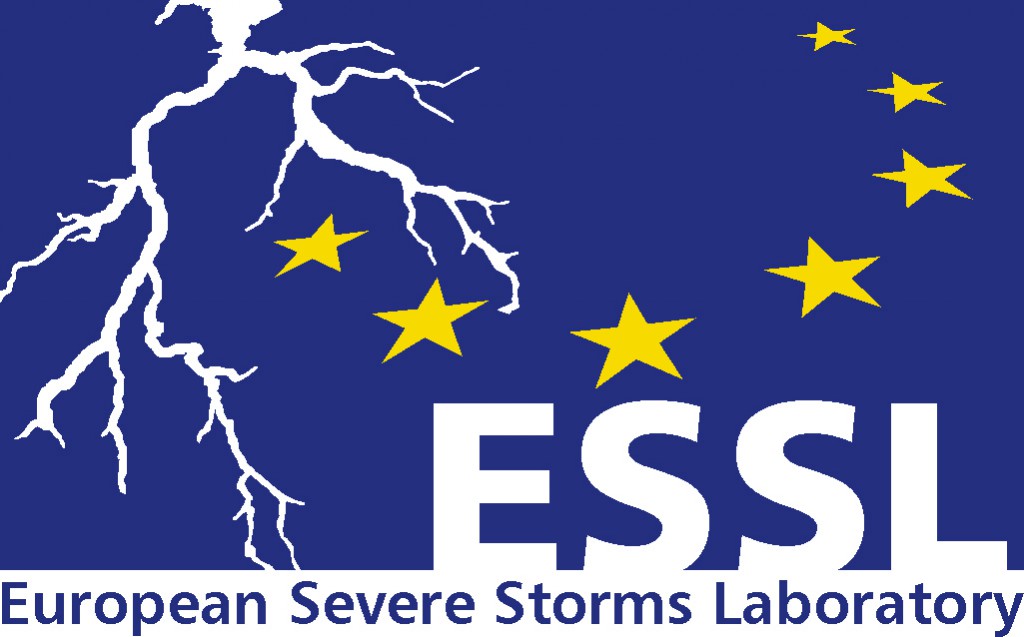Online registration for the ESSL Testbed 2018,
for the seminars “Forecasting Severe Convection I”
and “Forecasting Severe Convection II” (this time with Prof. Paul Markowski from PSU),
for the new seminar “Forecasting Convective Precipitation and Flash Floods” (by Prof. Russ Schumacher from CSU)
as well as for the third “Workshop on Tornado and Windstorms Damage Assessment” is now open.
All events are listed here with links to the event descriptions and the registration pages. In the past year some activities were booked out already in early spring. It is therefore advisable to reserve your place as soon as possible.

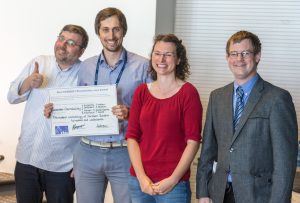
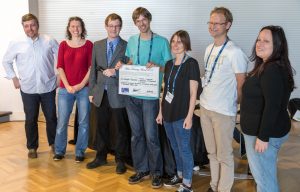
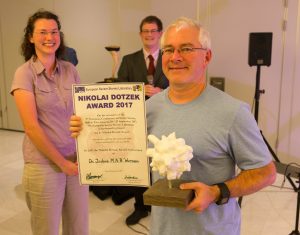
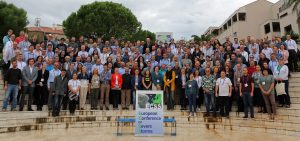
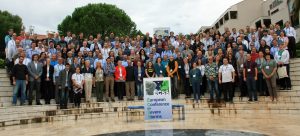
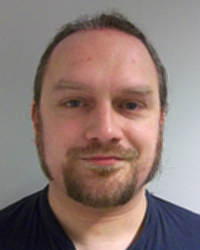
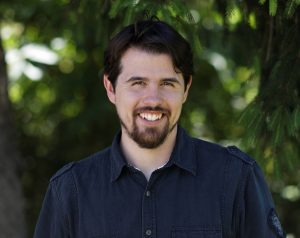
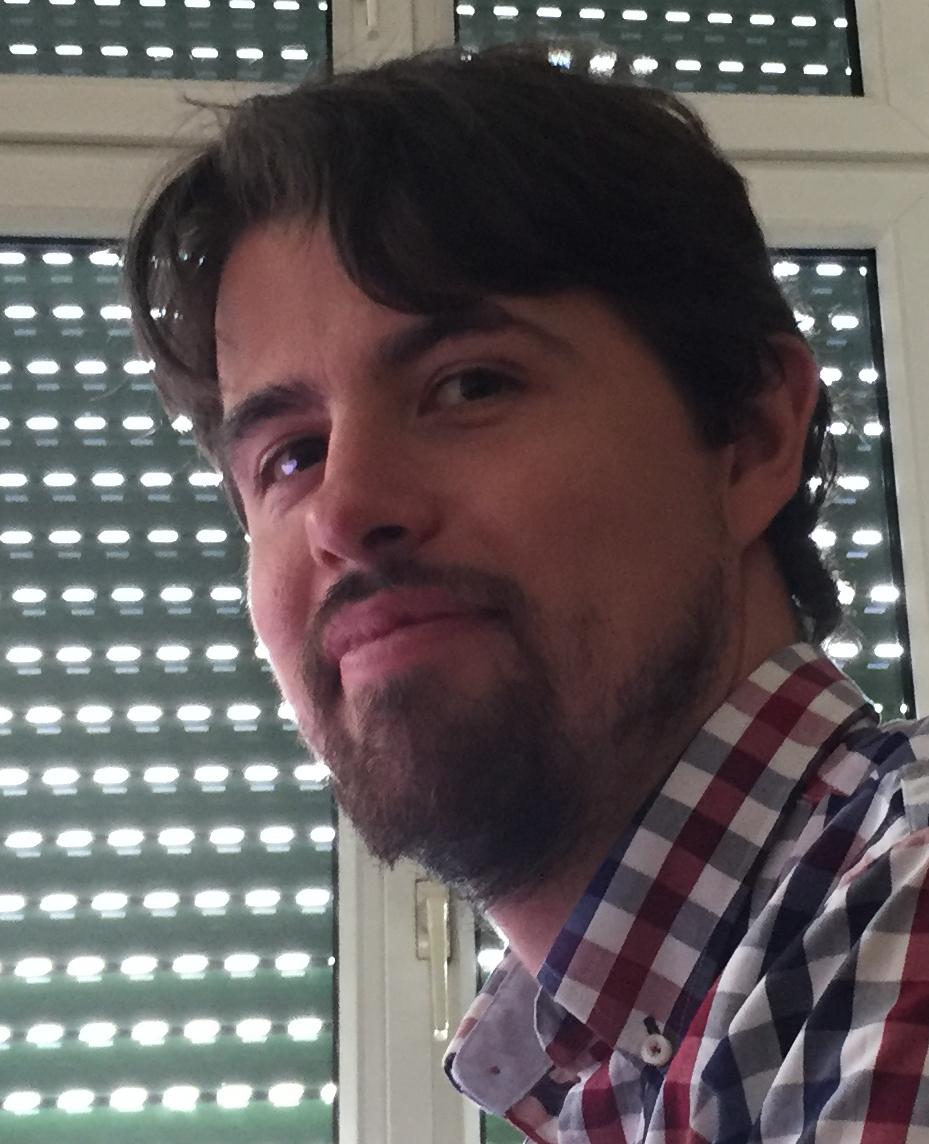 You can
You can 